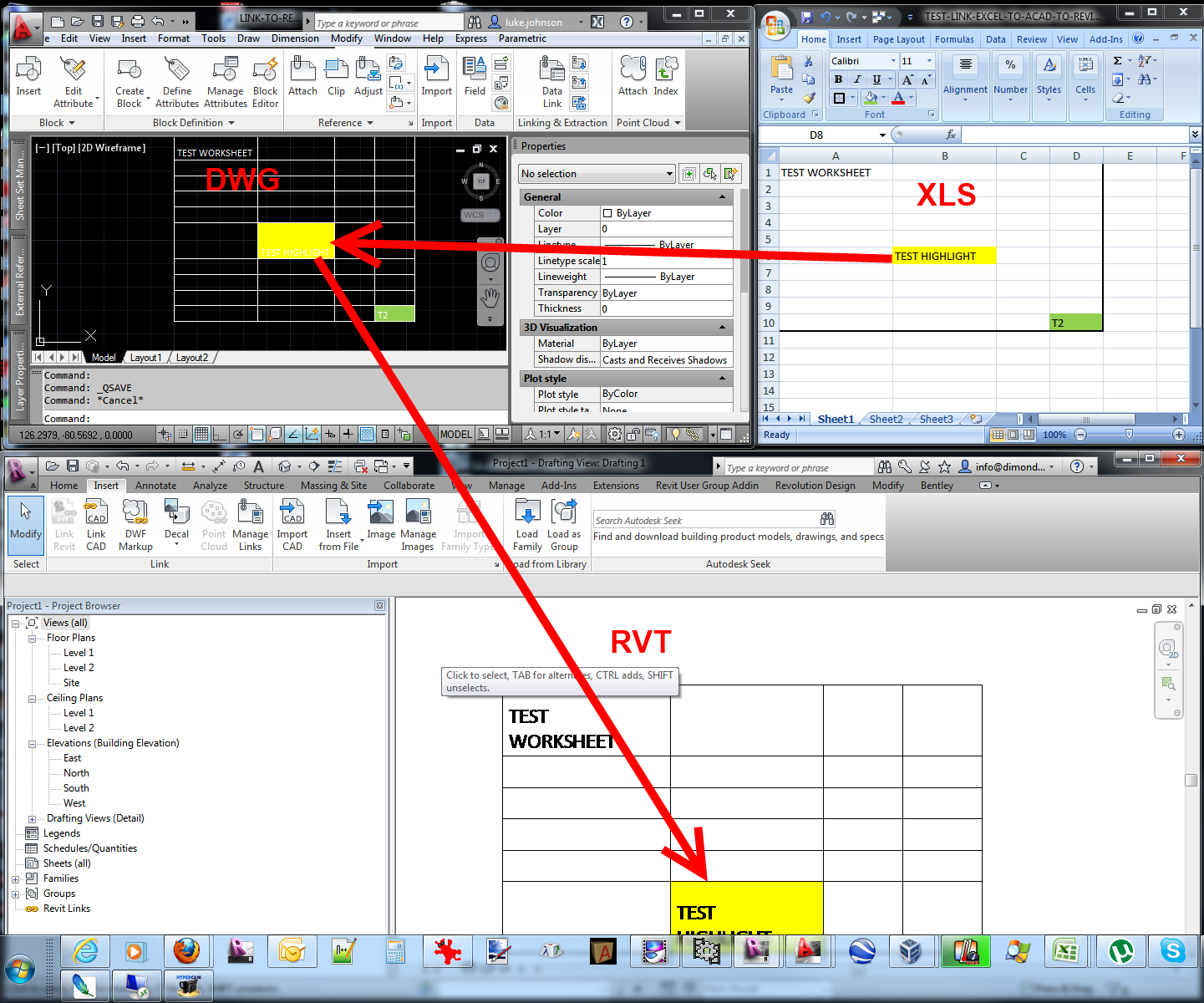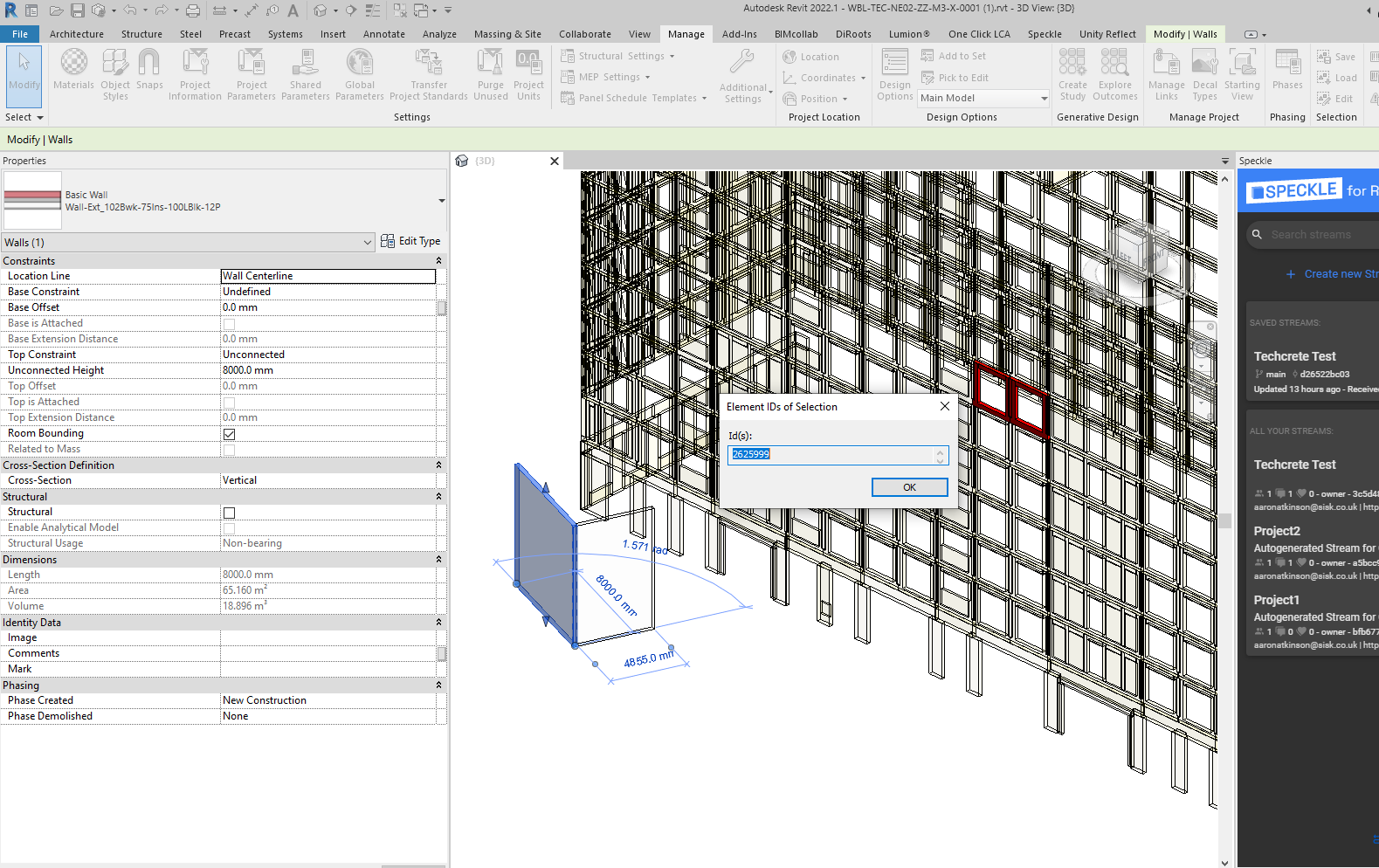Revit Add Ins: Broadening Your Design Capabilities
Wiki Article
Excel-to-Revit: A Game-Changing Operations for Architectural Layout - Revealing the Secrets
Are you tired of costs hours on building design? Look no further! Introducing excel-to-revit, the game-changing process that will certainly change your layout process. With excel-to-revit integration, you can improve your building style, unlock performance, and optimize cooperation within your team. In this short article, we will reveal the tricks of this powerful tool, showing you exactly how it can transform your style projects. Prepare to take your architectural style to the next level with excel-to-revit!The Power of Excel-to-Revit Assimilation

Think of the comfort of having the ability to upgrade and modify job data in Excel, and promptly see those modifications mirrored in your Revit design. No more hand-operated data access or tedious updates. With Excel-to-Revit integration, you can save time and decrease errors by leveraging the power of Excel's solutions and features to automatically create precise information in Revit.
Not only does this integration enhance performance, however it likewise enhances cooperation among staff member. You can easily share Excel data with colleagues, who can after that import the data into their Revit designs. This advertises a seamless exchange of info and ensures that every person is collaborating with one of the most up-to-date information.

Simplifying Building Style With Excel-To-Revit
Improving architectural style is simplified with making use of Excel-to-Revit (revit add ins). With this powerful assimilation, you can enhance your operations and conserve beneficial time throughout the design procedure. By leveraging the abilities of Excel and Revit, you can effortlessly transfer information between both platforms, removing the requirement for hand-operated data entrance and decreasing the risk of errorsExcel-to-Revit enables you to import and export information effortlessly, allowing you to conveniently update and customize your building designs. You can produce timetables, calculate amounts, and create reports in Excel, and afterwards move that information directly into your Revit design. This assimilation guarantees that your style details is constantly up-to-date and synchronized, removing the demand for manual updates and decreasing the opportunities of inconsistencies.
By utilizing Excel-to-Revit, you can likewise take benefit of the effective computational capacities of Excel. You can perform complicated estimations, evaluate data, and automate recurring tasks, all within Excel. Then, with just a few clicks, you can import the outcomes back right into Revit, permitting you to make educated layout choices and maximize your building layouts.
Opening Efficiency: Exploring the Excel-to-Revit Workflow
Maximize your productivity by seamlessly integrating Excel and Revit for a more efficient operations. With the Excel-to-Revit workflow, you can unlock a whole brand-new degree of effectiveness in your architectural design process. By making use of the power of Excel's information administration abilities and integrating it with the versatility and accuracy of Revit, you can improve your design procedure and conserve useful time.One of the key visit site advantages of this combination is the capability to import and export data in between Excel and Revit. This suggests that you can conveniently move project information, such as area routines or material amounts, from one software program to the other, eliminating the demand for hands-on information entry and decreasing the opportunities of mistakes. You can also develop custom-made formulas and estimations in Excel to automate repeated tasks and do complex estimations, which can then be flawlessly integrated into your Revit versions.
Furthermore, the Excel-to-Revit process allows for far better coordination and cooperation between group participants. With Excel functioning as a central information center, several employee can service different elements of the task concurrently, updating and sharing info in real-time. This not just improves interaction yet likewise makes certain that everyone is functioning with one of the most up-to-date information, removing the risk of inconsistencies.
Optimizing Collaboration: Excel-to-Revit for Architectural Teams
By effortlessly incorporating Excel and Revit, architectural teams can significantly enhance partnership and accomplish much more effective design outcomes. When utilizing this effective process, you can quickly transfer data in between Excel spread sheets and Revit designs, enhancing the style process and enhancing interaction amongst team members.In addition, by leveraging Excel's effective computation capabilities, you can perform intricate computations and evaluation on your design information, driving and providing useful insights informed decision-making. This assimilation likewise enables you to export information from Revit to Excel, enabling you to create detailed records, graphes, and charts for presentations and analysis. This joint process advertises reliable communication and sychronisation among staff member, as Excel works as a central center for data monitoring and sharing.
General, by embracing the Excel-to-Revit process, architectural teams can attain greater levels of cooperation, effectiveness, and precision in their design procedure. revit add ins. This assimilation empowers teams to function together flawlessly, guaranteeing that every person is on the very same page and adding to the success of the task
Unveiling the Tricks of Excel-to-Revit Assimilation

Among the secrets of Excel-to-Revit combination is the capacity to leverage the power of formulas and computations in Excel to drive criteria and generate complicated geometries in Revit. You can website link connect Excel spread sheets to Revit households, enabling you to input data directly into the spreadsheet and have it automatically upgrade in the Revit version. This simplifies the layout procedure and makes sure accuracy and consistency throughout the job.
One more secret is the ability to produce custom-made timetables and records in Excel, making use of Recommended Site information extracted from Revit. This allows you to examine and envision project details in a manner that is not possible within Revit alone. You can conveniently create quantity take-offs, expense price quotes, and task timelines, supplying useful understandings for decision-making and job administration.
In enhancement, Excel-to-Revit combination allows effective partnership among employee. Multiple customers can work on the very same Excel spread sheet at the same time, making it simpler to collaborate and track changes. You can also make use of Excel's commenting attribute to give responses or interact style revisions.
Final Thought
By incorporating the power of Excel and Revit, designers can currently work much more effectively, save time, and produce better designs. Start incorporating excel-to-revit integration into your building layout procedure today and reinvent the method you work.With just a couple of clicks, you can import the outcomes back right into Revit, enabling you to make educated design choices and maximize your building styles.
By using the power of Excel's data monitoring capacities and incorporating it with the versatility and precision of Revit, you can streamline your layout procedure and save beneficial time.
By flawlessly incorporating Excel and Revit, architectural teams can considerably enhance collaboration and attain a lot more effective layout results. When using this effective process, you can easily move data between Excel spread sheets and Revit designs, improving the design procedure and enhancing interaction among group members.Furthermore, by leveraging Excel's effective calculation capacities, you can carry out intricate computations and evaluation on your style data, giving useful understandings and driving informed decision-making.
Report this wiki page